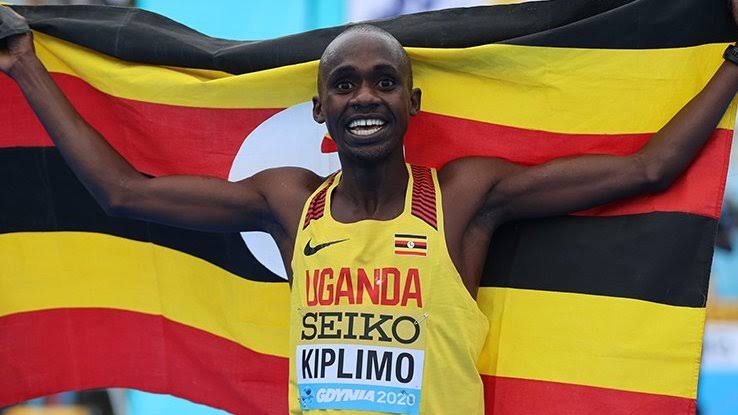Uganda’s National Cross Country Championship has shifted from a simple road event to a structured competition that now drives the country’s success on the global stage.
The change began in 1995 when organisers moved away from open road routes and introduced designated venues, a decision that set higher standards and brought new professionalism to the sport.
The first modern edition was staged in Kakira in Busoga, a move that reshaped the event and introduced a rotation system that spread hosting rights across the country.
This approach strengthened regional engagement and opened the door for young athletes from different areas to compete on a national platform.
The championship has since become a reliable launchpad for elite performers.
Olympian Peruth Chemutai, junior standout Sarah Chelangat, senior champion Stella Chesang, and two time senior men’s winner Hosea Kiplangat all used the event as a stepping stone to major international success.
A major moment arrived in 2019 in Tororo when a young Jacob Kiplimo won the senior men’s 10km. His rise from that race eventually led to back to back World Cross Country titles, making him the first Ugandan to achieve the feat.
The evolution also gathered pace in 2017 when Uganda hosted the 42nd World Cross Country Championships at Kololo Ceremonial Grounds.
That event pushed organisers to streamline categories and bring the national format closer to international competition structures.
What began as a local race is now a central part of Uganda’s athletics identity.
The championship continues to unite regions, raise standards, and provide the first major stage for athletes who often go on to become global contenders.




























